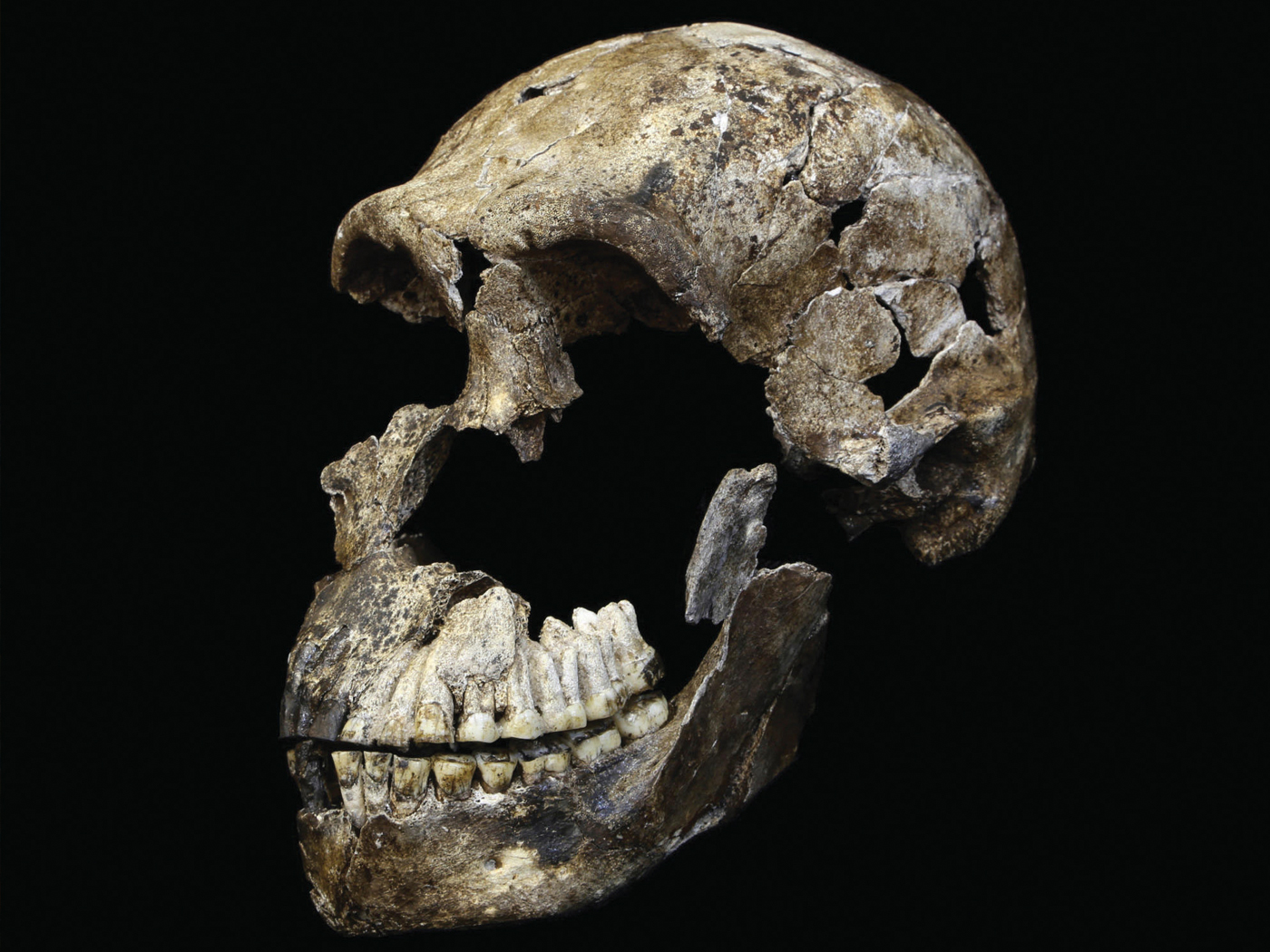Search Tools
New Defender's Study Bible Notes
7:1 have I seen righteous. This is the first mention of the doctrine of justification in the Bible–that is, of being “seen as righteous” by God. The same word is translated “just” in Genesis 6:9 (“Noah was a just man”). The reason why Noah could be seen as “justified” was that he had “found grace in the eyes of the LORD” (Genesis 6:8). Also, see note on Genesis 15:6.
7:2 by sevens. The “clean” kinds of beasts and birds were those suitable for domestication and a form of fellowship with man, as well as for sacrificial offerings. Apparently three pairs of each of these were preserved in order to allow for wider variation in breeding after the Flood. The seventh was offered by Noah in sacrifice when they left the ark (Genesis 8:20).
7:3 keep seed alive. God’s purpose for the ark was to “keep seed alive” in the earth, a statement meaningful only in the context of a universal flood. The ark was far too large to accommodate merely a local or regional fauna. In fact, if the Flood were only local, the ark would not have been needed at all. Noah’s family, as well as the birds and beasts, could far more easily have simply migrated away from the region to be flooded.
7:4 seven days. This seven-day period of final warning and preparation marks the first of many references to seven-day intervals during the Flood year. This fact makes it obvious that the practice of measuring time in seven-day weeks had been in effect throughout the period between the creation week and the Flood.
7:4 forty days. A worldwide rain lasting forty days would be impossible under present meteorologic conditions. The condensation of the antediluvian vapor canopy, the “waters above the firmament” (Genesis 1:6-8) is the only adequate explanation.
7:4 every living substance. “Every living substance” includes the plant life on the land. The lush vegetation of the pre-Flood world was all to be uprooted, transported and buried in great sedimentary beds, many of which would eventually become the world’s coal beds.
7:11 seventeenth day. The exact date of the Flood’s onset must have been noted for some reason. The ark landed on the mountains of Ararat exactly 150 days or five months later (see Genesis 8:3,4). The implication is that the primeval year contained twelve months of thirty days each (see also Revelation 11:2, 3).
7:11 fountains of the great deep. The physical cause of the Flood is clearly identified as the eruption of the waters in the “great deep” and the opening of the floodgates of heaven. These are quite sufficient in themselves to cause and explain all the phenomena of the Flood. The antediluvian hydrologic cycle was apparently controlled by a system of subterranean pressurized reservoirs and conduits, but these fountains were all cleaved open in one day, releasing tremendous quantities of water and magma to the earth’s surface and dust and gas into the atmosphere. The resulting combination of atmospheric turbulence and dust nuclei of condensation was probably the immediate cause of the precipitation of the vapor canopy. The cataclysmic restoration of the primeval deep that resulted left the antediluvian world completely devastated and inundated.
7:15 two of all flesh. Two of every kind of land animal entered the ark, including those animals (e.g., dinosaurs) that have become extinct in the millennia following the Flood. The animals were all young animals, since they would have to spend the year in the ark without reproducing and then emerge to repopulate the earth after the Flood. The animals entering the ark were those individuals possessing genes for the remarkable physiologic abilities of migration and hibernation. These were not needed in the equable climates of the primeval world, but would be vital for survival in the post-Flood world. After being installed in their respective “rooms” in the ark, and after a good meal, most of them probably spent most of the Flood year in a state of hibernation.
7:17 bare up the ark. The ark was thirty cubits high and, when loaded, probably had a draft of almost fifteen cubits. As soon as the water level rose to a level of fifteen cubits above the platform on which it had been constructed, it would begin to float.
7:18 prevailed. The word “prevailed” in the original conveys the meaning “were overwhelmingly mighty.” Not only would all land animals eventually drown, but the plant covering would be uprooted and rafted away, the soils eroded and finally even the mountains and hills washed away. In the sea depths, the eruption of the fountains of the great deep would also profoundly affect marine life. Great quantities of magma, metals and other materials were extruded from the earth’s mantle. The sediments from the lands were transported down to be deposited in the encroaching sea basins. Complex hydrodynamic phenomena–tsunamis, vortices, turbidity flows, cyclic erosion and deposition, and a variety of geomorphologic activity–took place throughout the year. Earth movements of great magnitude, and tremendous volcanic explosions shook the earth again and again, until finally, “the world that then was, being overflowed with water, perished” (II Peter 3:6).
7:18 face of the waters. The occupants of the ark, unaware of the convulsions in the depths below, rode safely and in comparative comfort, steered by God’s unseen hand away from the zones of hydrodynamic violence.
7:19 all the high hills. The double superlative precludes the use of “all” in a relative sense here. The obvious intent of the writer was to describe a universal inundation.
7:20 mountains. The words “high hills” and “mountains” are the same in the original Hebrew. The waters were 15 cubits (22.5 feet) above the highest mountains, patently including Mount Ararat, which is now 17,000 feet high. In the “local-flood” theory, Mt. Ararat would have had the same elevation before and after the Flood, but it should be obvious that a 17,000-foot flood is not a local flood!
7:21 moved upon the earth. “All flesh” died that moved on land. In a local flood, at least most of the animals (certainly all the birds!) would escape to higher ground.
7:22 breath of life. The “breath (Hebrew neshamah) of life” is clearly stated here to be a component of animal life as well as human life. Thus animals possess “spirit,” but not the “image of God.”
7:23 every living substance. The rocks of the earth’s crust now contain the fossil remains of unnumbered billions of plants and animals, buried in water-transported sediments which quickly became lithified. This “geologic column” has been grossly distorted by evolutionists into the record of an imagined three-billion-year history of evolution during the geological ages. Actually it represents the deposits of the cataclysmic Flood, with the fossil order primarily depicting the relative elevations of the habitats–and therefore the usual order of sedimentary burial in the Flood–of the organisms of the pre-Flood world. Many modern geologists are again admitting the necessity of catastrophic formation and burial to explain the fossiliferous rocks in the geologic column. The reason why very few fossil men (also few fossilized flying birds) are found in the rocks is their high mobility and ability to escape burial in sediments. When eventually drowned, their bodies would remain on the surface until they decayed.
7:24 prevailed. The third emphasis is on the waters “prevailing” (Genesis 7:18,19,24). This highest intensity of flood action continued for five months.









